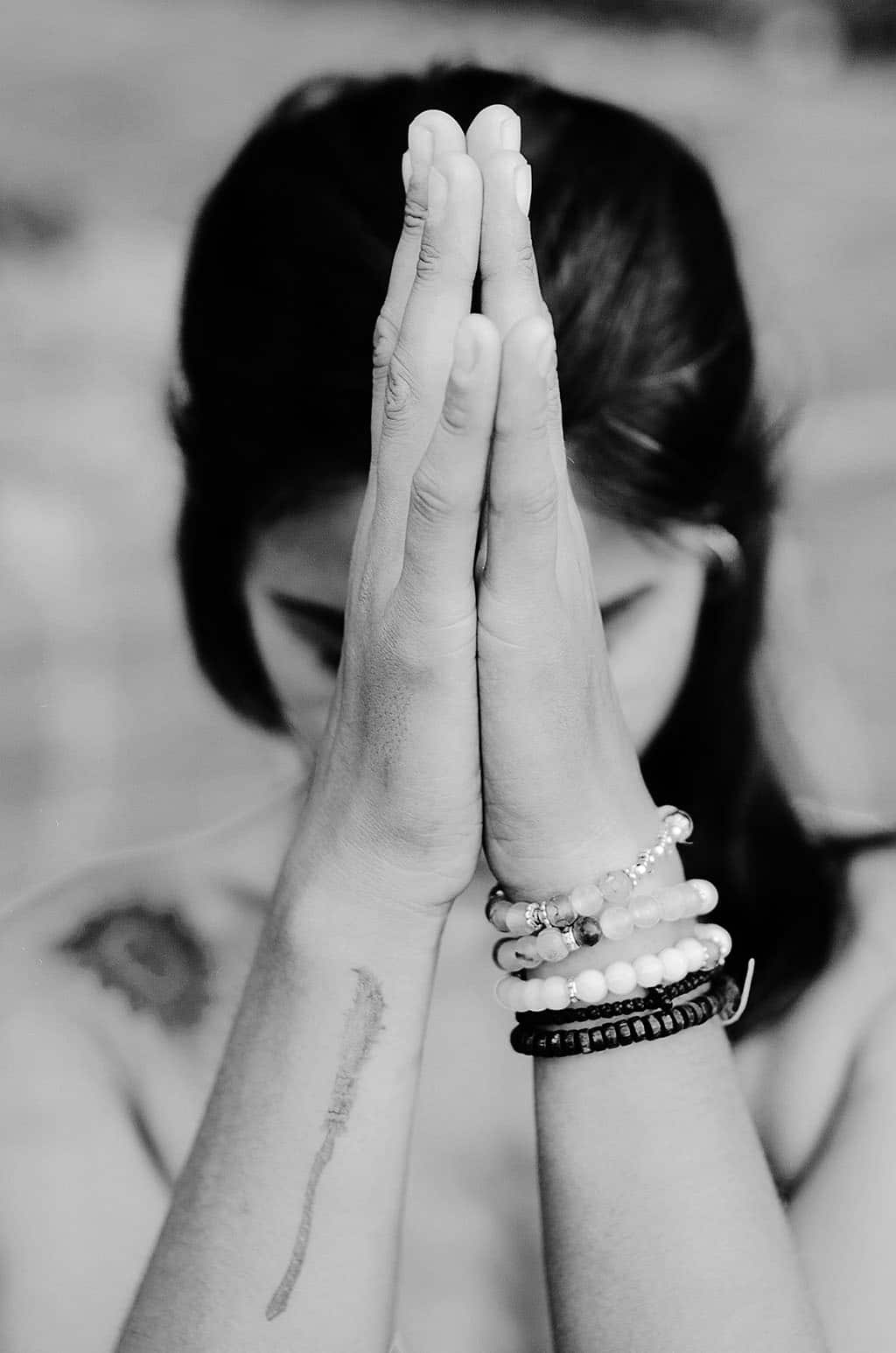When I was growing up, my parents took great care in teaching us good manners and, along with the rest of it, a lot of time was also spent on instilling the traditional Indian greeting ritual upon us.
This involved the folding of hands, the tilting of the head forward and, with a wide smile, saying ‘Namaste’ to the person who was being greeted.
And there was no way of getting around it because our Mum or Dad would prompt with a “do Namaste” instruction the minute we spotted any acquaintance in our near vicinity.
In my toddlerhood, I mastered the smiling and joining of hands part quite easily, but I would mix up the consonants and lisp out a ‘Manaste’ instead, which led to a lot of laughter at my expense. I had no idea that they were laughing at me and thought that all the people were just happy to see me.
I don’t remember exactly when I switched to the correct pronunciation of the greeting, but I can recall our grandmother describing the significance of ‘Namaste’ in patient detail.
It was derived from the Sanskrit word ‘Namaskar’ that meant ‘I bow to you’, she explained. There was a spiritual divinity within each of us, our grandma would clarify, and by doing this prayer-like gesture towards another person, you are acknowledging the divinity in them, she used to say.
Exploring further, I found that by using ‘Namaste’ as a way to say ‘hello’ or ‘goodbye’, one makes an effort to actively connect with others. It does not have any spiritual connotation, though, interestingly, a related word, namazlik, meaning “prayer rug”, was entered in Merriam-Webster’s 1934 Unabridged edition, Webster’s Second, which explains that it comes from the Turkish word namaz, meaning “worship ritual or prayer”, and goes back to Avestan (the oldest Iranian language) namahya- (“honour, pay homage to”), a derivative of nam- (“bend”), which is exactly similar with Sanskrit namati, thereby connecting the initial gesture and the ancient tradition of prayer rugs through the earliest roots of distantly related languages.
Right! So, once I understood the cultural and conventional wisdom associated with this greeting, I taught it to our daughter too. She grasped it almost immediately and the minute she met any friend or relative of mine, she was ready with a perfectly presented ‘Namaste’, complete with the smiling face and the slightly bowed head.
However, once she went off to college, she switched to greeting everyone with a short and truncated ‘hello’. When I objected, she swapped it for the ‘how do you do’ followed by a handshake. Nobody could find fault with that and she insisted that this was a very civilized manner of interacting.
Conversely, I was worried that she was forgetting our tradition and, as a cunning last resort, I told her that the reason she fell sick so often was because each time she shook hands with a person suffering from influenza, the germs got transferred to her. She ignored me. And very soon I forgot about it too.
But recently, our daughter called from London.
“Mom, I met your friend last week,” she said.
“I know. You greeted her with a Namaste,” I exclaimed.
“You spoke to her already?” our daughter was amused.
“I am so proud of you,” I went on.
“That is because she had a cold,” our daughter justified.
There was a moment’s pause.
‘Mum? You there?” our daughter prompted.
“I’m still proud of you,” I said faintly.
By Nickunj Malik
|| features@portugalresident.com
Nickunj Malik’s journalistic career began when she walked into the office of Khaleej Times newspaper in Dubai thirty-one years ago and got the job. Since then, her articles have appeared in various newspapers all over the world. She now resides in Portugal and is married to a banker who loves numbers more than words.




















